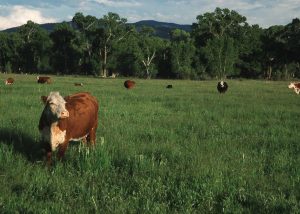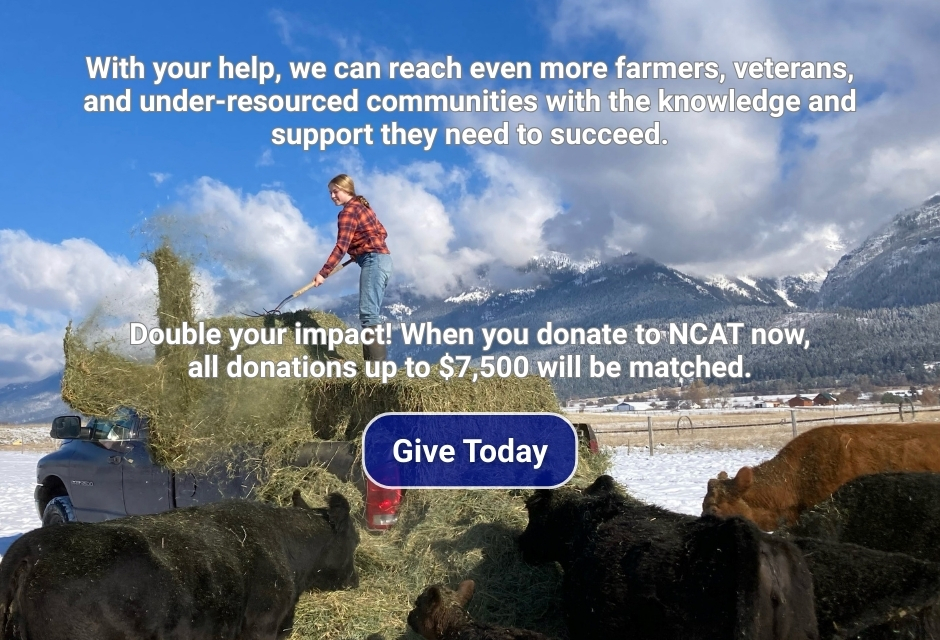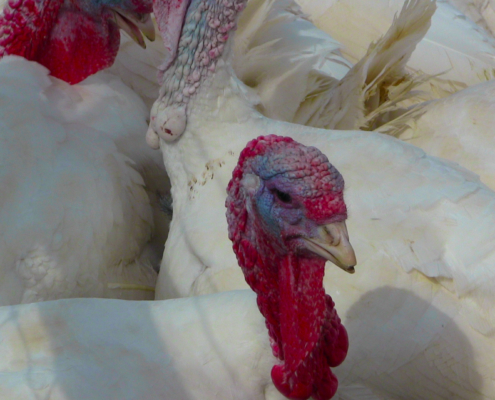 https://attra.ncat.org/wp-content/uploads/2022/07/COVER.jpg
1080
1920
NCAT IT
/wp-content/uploads/2022/06/ATTRAlogo_RGB-340x156.png
NCAT IT2022-08-22 16:28:032024-03-14 10:04:15Pastured Turkey Production
https://attra.ncat.org/wp-content/uploads/2022/07/COVER.jpg
1080
1920
NCAT IT
/wp-content/uploads/2022/06/ATTRAlogo_RGB-340x156.png
NCAT IT2022-08-22 16:28:032024-03-14 10:04:15Pastured Turkey Production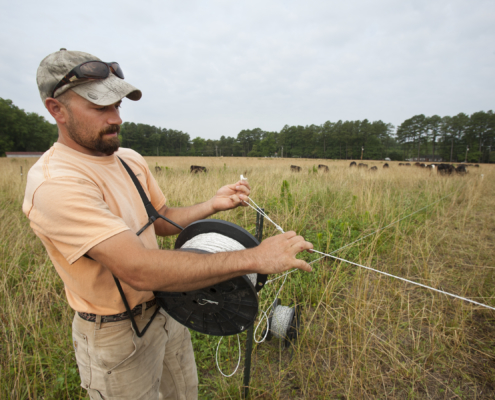 https://attra.ncat.org/wp-content/uploads/2022/07/electric-fencing-installation-scaled.jpg
1707
2560
NCAT IT
/wp-content/uploads/2022/06/ATTRAlogo_RGB-340x156.png
NCAT IT2022-08-22 16:20:442023-07-14 16:23:51Paddock Design, Fencing, Water Systems, and Livestock Movement Strategies for Multi-Paddock Grazing
https://attra.ncat.org/wp-content/uploads/2022/07/electric-fencing-installation-scaled.jpg
1707
2560
NCAT IT
/wp-content/uploads/2022/06/ATTRAlogo_RGB-340x156.png
NCAT IT2022-08-22 16:20:442023-07-14 16:23:51Paddock Design, Fencing, Water Systems, and Livestock Movement Strategies for Multi-Paddock Grazing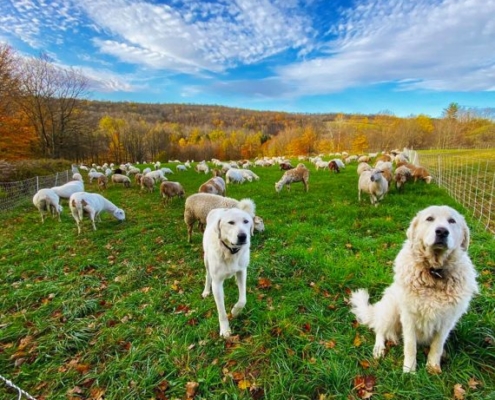 https://attra.ncat.org/wp-content/uploads/2022/07/lgd-with-sheep-by-lewis-fox-570x570-1.jpg
570
570
NCAT IT
/wp-content/uploads/2022/06/ATTRAlogo_RGB-340x156.png
NCAT IT2022-08-22 15:26:062024-02-27 17:14:00Livestock Guardian Animals: Protecting the Flock or Herd
https://attra.ncat.org/wp-content/uploads/2022/07/lgd-with-sheep-by-lewis-fox-570x570-1.jpg
570
570
NCAT IT
/wp-content/uploads/2022/06/ATTRAlogo_RGB-340x156.png
NCAT IT2022-08-22 15:26:062024-02-27 17:14:00Livestock Guardian Animals: Protecting the Flock or Herd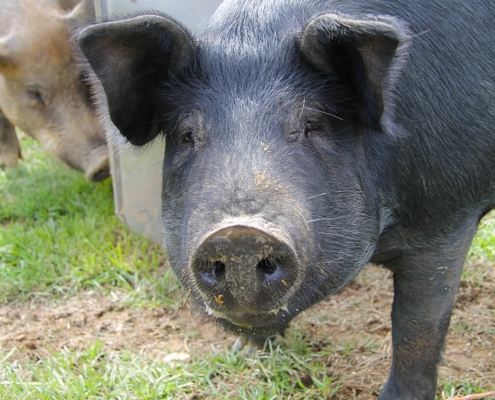 https://attra.ncat.org/wp-content/uploads/2022/07/covergirlhogpubMargocredit-1536x1024-1.jpg
1024
1536
NCAT IT
/wp-content/uploads/2022/06/ATTRAlogo_RGB-340x156.png
NCAT IT2022-08-22 14:57:132023-10-18 08:39:34Hogs: Pastured or Forested Production
https://attra.ncat.org/wp-content/uploads/2022/07/covergirlhogpubMargocredit-1536x1024-1.jpg
1024
1536
NCAT IT
/wp-content/uploads/2022/06/ATTRAlogo_RGB-340x156.png
NCAT IT2022-08-22 14:57:132023-10-18 08:39:34Hogs: Pastured or Forested Production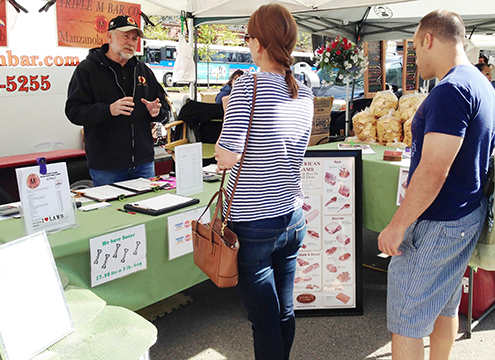 https://attra.ncat.org/wp-content/uploads/2022/07/image1.jpg
360
500
NCAT IT
/wp-content/uploads/2022/06/ATTRAlogo_RGB-340x156.png
NCAT IT2022-08-22 13:49:092024-01-30 09:25:21Direct Marketing Lamb: A Pathway
https://attra.ncat.org/wp-content/uploads/2022/07/image1.jpg
360
500
NCAT IT
/wp-content/uploads/2022/06/ATTRAlogo_RGB-340x156.png
NCAT IT2022-08-22 13:49:092024-01-30 09:25:21Direct Marketing Lamb: A Pathway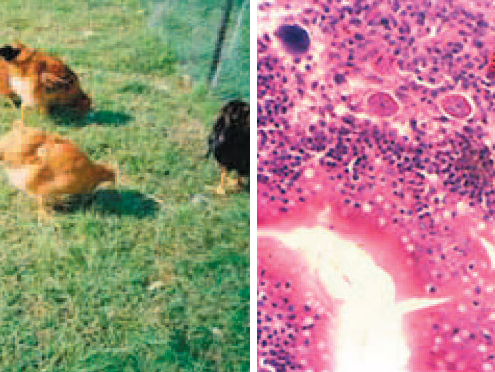 https://attra.ncat.org/wp-content/uploads/2022/08/coccidiosis.jpg
372
1122
Amy Smith
/wp-content/uploads/2022/06/ATTRAlogo_RGB-340x156.png
Amy Smith2022-08-19 10:06:592024-03-21 10:44:34Parasite Management for Natural and Organic Poultry: Coccidiosis
https://attra.ncat.org/wp-content/uploads/2022/08/coccidiosis.jpg
372
1122
Amy Smith
/wp-content/uploads/2022/06/ATTRAlogo_RGB-340x156.png
Amy Smith2022-08-19 10:06:592024-03-21 10:44:34Parasite Management for Natural and Organic Poultry: Coccidiosis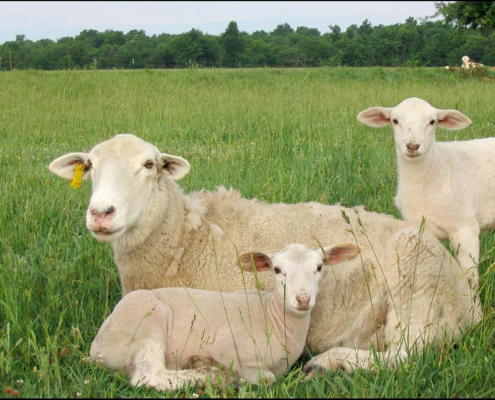 https://attra.ncat.org/wp-content/uploads/2022/08/sheep-scaled.jpg
1924
2560
NCAT IT
/wp-content/uploads/2022/06/ATTRAlogo_RGB-340x156.png
NCAT IT2022-08-17 16:36:242023-07-12 15:12:31Tools for Managing Internal Parasites in Small Ruminants: Copper Wire Particles
https://attra.ncat.org/wp-content/uploads/2022/08/sheep-scaled.jpg
1924
2560
NCAT IT
/wp-content/uploads/2022/06/ATTRAlogo_RGB-340x156.png
NCAT IT2022-08-17 16:36:242023-07-12 15:12:31Tools for Managing Internal Parasites in Small Ruminants: Copper Wire Particles https://attra.ncat.org/wp-content/uploads/2022/07/eggs-e1663705706415.jpg
1177
1177
NCAT IT
/wp-content/uploads/2022/06/ATTRAlogo_RGB-340x156.png
NCAT IT2022-08-15 17:10:092024-04-04 16:50:44Small-Scale Egg Handling
https://attra.ncat.org/wp-content/uploads/2022/07/eggs-e1663705706415.jpg
1177
1177
NCAT IT
/wp-content/uploads/2022/06/ATTRAlogo_RGB-340x156.png
NCAT IT2022-08-15 17:10:092024-04-04 16:50:44Small-Scale Egg Handling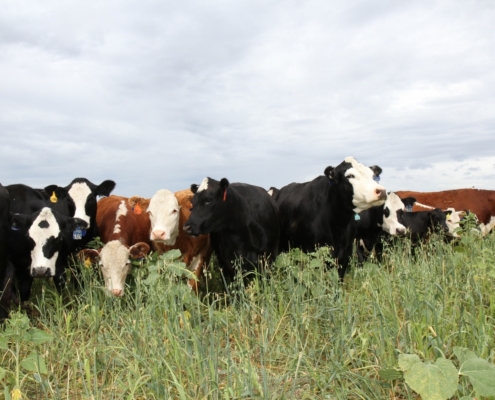 https://attra.ncat.org/wp-content/uploads/2022/03/Livestock-As-A-Tool_pic-1.jpg
953
1429
NCAT IT
/wp-content/uploads/2022/06/ATTRAlogo_RGB-340x156.png
NCAT IT2022-08-15 15:52:382024-02-27 16:44:41Livestock as a Tool: Improving Soil Health, Boosting Crops
https://attra.ncat.org/wp-content/uploads/2022/03/Livestock-As-A-Tool_pic-1.jpg
953
1429
NCAT IT
/wp-content/uploads/2022/06/ATTRAlogo_RGB-340x156.png
NCAT IT2022-08-15 15:52:382024-02-27 16:44:41Livestock as a Tool: Improving Soil Health, Boosting CropsFreshly Picked
NCAT Websites
Get Help
Ask an Ag Expert
Call us: 1-800-346-9140
Visit the Forum
Don’t Miss!
National Center for Appropriate Technology
Helping people build resilient communities through local and sustainable solutions that reduce poverty, strengthen self-reliance, and protect natural resources.

